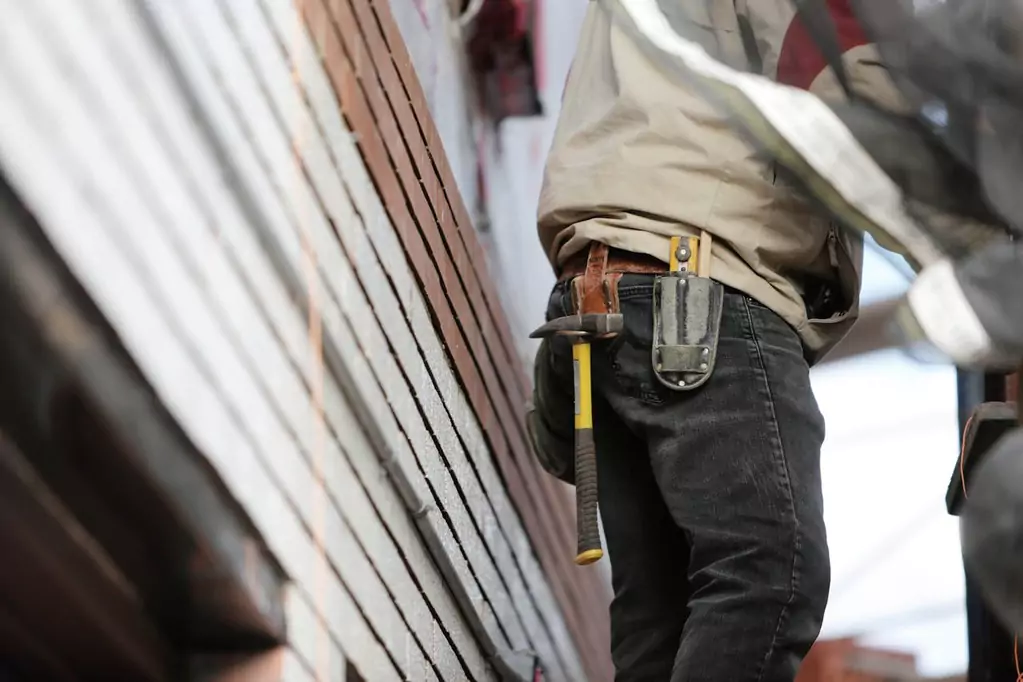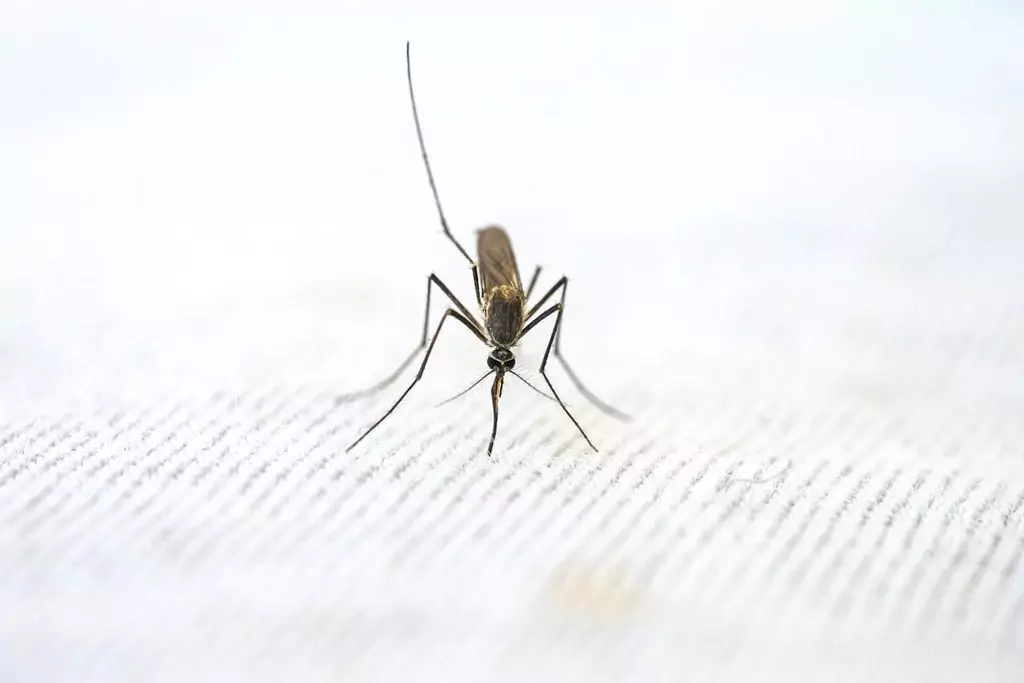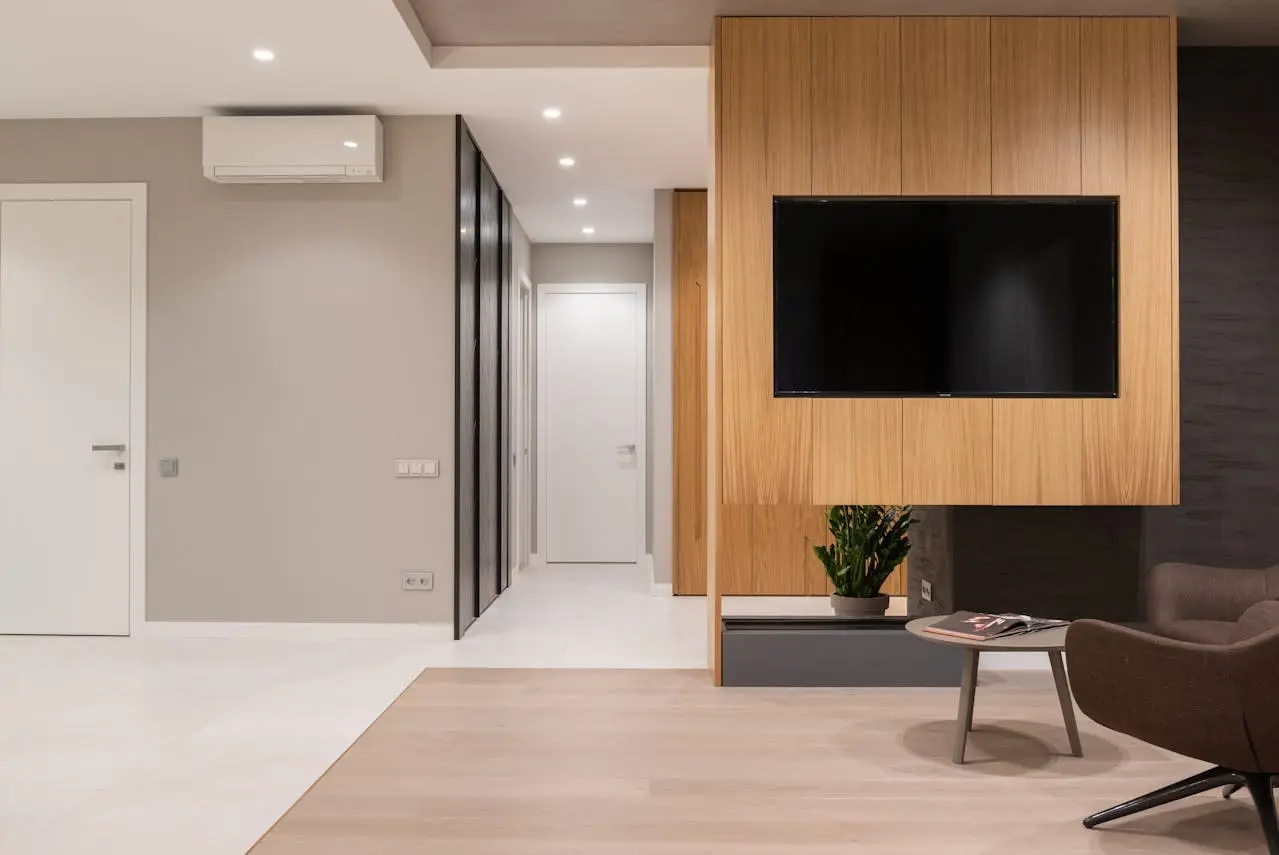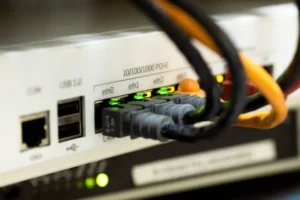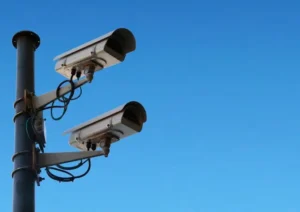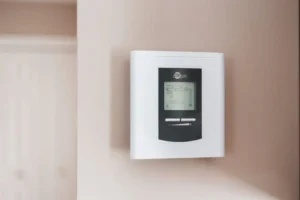Now Reading: Which Air Conditioner Mode Saves the Most Electricity?
- 01
Which Air Conditioner Mode Saves the Most Electricity?
- Home
- Home Appliances
- Which Air Conditioner Mode Saves the Most Electricity?
Which Air Conditioner Mode Saves the Most Electricity?
![]() Anne MaddisonClimate Control, Home AppliancesJuly 27, 2025187 Views
Anne MaddisonClimate Control, Home AppliancesJuly 27, 2025187 Views

Air conditioners use a lot of electricity, but not all modes are created equal. Some air conditioner modes can cool your room while using much less energy—if you know how to use them right. Still, many people get confused by all the options on the remote. Aren’t all these modes just different ways to cool the room? Not exactly. Each mode works differently, and understanding how they work can make a big difference in your electric bill.
In this guide, we’ll explain what each aircon mode really does, which ones help you save the most electricity, and how to use them smartly to stay cool and cut costs.
What Are Common Aircon Modes?
Most air conditioners come with different modes. Each mode controls how the AC works and how much electricity it uses. Here’s what each one does:
Cool Mode
- Cool Mode is the most commonly used setting. It works by turning on the compressor, which cools the air in your room.
- It brings the room temperature down to the level you set.
- The compressor keeps running until the room reaches that temperature.
- If the room heats up again, the compressor turns back on.
- This mode uses the most electricity because the compressor works hard, especially if it’s hot outside or you set the temperature too low.
Dry Mode
- Dry Mode is made to remove moisture (humidity) from the air, not just cool it.
- It’s useful in humid weather when the air feels sticky.
- The compressor turns on and off more slowly, so it doesn’t run as much as in Cool Mode.
- It makes the room feel cooler by making the air drier.
- Dry Mode uses less energy than Cool Mode because the compressor doesn’t run constantly.
- It’s great for rainy or humid days when the air feels heavy.
Fan Mode
- Fan Mode doesn’t cool the air.
- It just blows air around the room, like a regular electric fan.
- The compressor stays off the whole time.
- This means it doesn’t change the room temperature, but it can help you feel cooler if the weather isn’t too hot.
- This mode uses the least electricity because the compressor never turns on.
- It won’t cool your room on hot days—just helps with air movement.
Eco Mode (Energy Saver Mode)
- Eco Mode is made to save electricity.
- It cools the room more slowly and carefully.
- The AC either adjusts the compressor speed or turns it off when the room reaches the set temperature.
- Some units turn the fan off too, others keep it running.
- Eco Mode is more efficient than Cool Mode.
- It might not cool the room as quickly, but it’s better for long-term use and lower bills.
Auto Mode
- Auto Mode lets the AC decide how to work.
- The system picks the best mode (Cool, Dry, or Fan) based on the room temperature and humidity.
- It changes between modes automatically as the conditions in the room change.
- Auto Mode can be efficient if your AC is modern and smart.
- But on older or basic models, it may not always choose the most energy-saving option.
Which Air Conditioner Mode Uses the Least Electricity?
Your air conditioner’s mode plays a big role in how much electricity it uses. Some modes are built for comfort, while others are designed to be energy-saving. If you’re trying to lower your power bill, it helps to know which ones are light on energy—and which ones aren’t.
Below is a breakdown of each mode ranked by power use, along with clear reasons why some modes cost more to run than others.
Ranked from Lowest to Highest Power Use:





Why Some Modes Use More Electricity Than Others:
Air conditioners have two main parts that use energy:
- The fan, which blows air
- The compressor, which cools the air
The compressor uses a lot more electricity than the fan. So, the more the compressor runs, the more power the AC uses.
Fan Mode – Lowest Power Use
Why it’s efficient: Fan Mode only runs the fan. The compressor stays off the entire time. It doesn’t change the temperature—it just moves the air around the room.
When to use it:
- When the weather is cool or breezy
- At night, if the room is already cool
- To save energy while still getting some airflow
- Best for mild weather, not hot days.
- Won’t cool the room—just helps with air movement.
Dry Mode – Low Power Use
Why it’s efficient: Dry Mode uses the compressor, but not as often or as hard as Cool Mode. Instead of cooling the air fast, it focuses on removing moisture from the air. Less humidity makes the room feel cooler, even if the temperature doesn’t change much.
When to use it:
- On humid days when the air feels sticky
- During rainy or wet seasons
- When your room feels warm and damp, not hot and dry
- Removes humidity, which makes the room more comfortable
- Not for very hot, dry days
Eco Mode – Medium Power Use
Why it’s more efficient than Cool Mode: Eco Mode still uses the compressor, but it’s smarter about when and how long it runs. Once the room reaches the target temperature, it either slows down the compressor or turns it off temporarily.
When to use it:
- For long periods of use, like during sleep or work
- In rooms that don’t heat up quickly
- When you don’t need fast cooling but want to stay comfortable
- Slower cooling but better for saving power over time
Auto Mode – Medium to High Power Use
Why it varies: Auto Mode chooses between Fan, Dry, or Cool Mode on its own. If your AC unit is smart and modern, it can pick energy-saving settings. But if it’s an older or basic unit, it may overuse Cool Mode—even when it’s not needed.
When to use it:
- When you’re not sure which mode to pick
- In changing weather, where it gets warm, humid, or cool during the day
- If your AC has a smart sensor or advanced thermostat
- May or may not save energy—it depends on your aircon’s features
Cool Mode – Highest Power Use
Why it uses the most electricity: Cool Mode turns on the compressor and keeps it running until the room hits the temperature you set. If the weather is hot or the temperature is set too low, the compressor runs longer, using more energy.
When to use it:
- On very hot days when fast cooling is needed
- In rooms with poor airflow or insulation
- When you want quick results, not long-term efficiency
- Not ideal for saving power—better used only when really needed
- Can cause high bills if overused or left on all day
So, What’s the Most Efficient Aircon Mode?


Both use little electricity because they either skip or limit the use of the compressor. If you don’t need fast cooling, these two modes can make your room feel better while keeping your electric bill low.
| Mode | Best Used When… | Explanation |
|---|---|---|
| Fan | Weather is cool or breezy | Blows air without cooling it. Great for mild days or nights when you just want air movement. No compressor means low power use. |
| Dry | Humid and sticky days | Removes moisture from the air, making it feel cooler. Uses the compressor less than Cool Mode, so it saves energy. |
| Eco | Long use or nighttime | Slows or stops the compressor when the room is cool. Great for sleeping or working for hours. |
| Auto | You’re unsure or weather changes | The AC chooses Fan, Dry, or Cool based on room conditions. Smart units save energy, but older ones may use more power. |
| Cool | Hot days needing fast cooling | Uses the compressor fully to cool the room quickly. Most effective for hot weather, but also uses the most electricity. |
Other Ways to Save Energy Besides Using the Right AC Mode
Choosing the right aircon mode is just one part of saving electricity. There are other simple steps you can take to make your AC work more efficiently and lower your electric bill.
Set the Right Temperature
The ideal range is 22–26°C (72–78°F) for comfort and efficiency.
- Setting the temperature too low doesn’t cool the room faster—it just makes the AC work longer.
- Lower temperatures force the compressor to run more, which increases power use and wears out the unit faster.
- Stick to the recommended range to stay cool while saving energy.
Clean Your Filters Regularly
Dust and dirt block airflow, making the AC work harder.
- When filters are clogged, your aircon needs more energy to cool the room.
- Dirty filters also reduce air quality.
- Clean filters every 2–4 weeks, or more often if you live in a dusty area.
Use a Timer or Smart Plug
Running the AC all night or all day wastes electricity.
- A timer turns the unit off automatically when you don’t need it.
- A smart plug can help control usage remotely through an app.
- This prevents forgetting the AC on, especially while sleeping or leaving the house.
Keep Doors and Windows Closed
Cool air escapes fast when there are gaps or open spaces.
- If warm air comes in, the AC has to work harder to keep the room cool.
- Always close windows and doors tightly when the AC is running.
Close Curtains During the Day
Sunlight brings in extra heat, especially through glass windows.
- The AC ends up working overtime to cool down sun-heated rooms.
- Use curtains, blinds, or shades to block sunlight during the hottest parts of the day.
Use an Inverter AC for Longer Hours
If you use your AC for long periods (like during work hours or overnight), an inverter air conditioner is more energy-efficient.
- Inverter units adjust their compressor speed instead of turning on and off repeatedly.
- This saves power and keeps the temperature more stable.
- Great for rooms where the AC runs for many hours.
Read our guide on the different types of air conditioners to see which one fits your lifestyle and usage.
Choose the Right Size of AC for Your Room
An AC that’s too small will run nonstop and struggle to cool the space. An oversized unit cools the room quickly but shuts off too often, wasting energy.
- Make sure the aircon is the correct British Thermal Unit (BTU) size for your room’s area.
Not sure how to calculate the right size of AC for your room? Check out our guide on choosing the right air conditioner size—it breaks down exactly how many BTUs you need based on your room’s square footage.
Check the EER or SEER Rating
These ratings show how efficient your AC is:
- EER (Energy Efficiency Ratio) – common in window units
- SEER (Seasonal Energy Efficiency Ratio) – used in split-type and inverter systems
Look for high-rated models to save energy over time. The higher the rating, the more efficient the unit is.
Upgrade Your AC If It’s Too Old
Old air conditioners use more power and cool less effectively.
- If your unit is over 10 years old, it may lack modern energy-saving features.
- Newer models, especially inverter types, are designed to run more efficiently and quietly.
- Upgrading to a newer unit could save you money in the long run on both electricity and maintenance.
Common Misconceptions About Aircon Modes
A lot of people misunderstand how aircon modes actually work. These common myths can lead to higher electricity bills or using the AC the wrong way. Let’s clear them up:
Myth: Setting the temperature lower makes the room cool faster
Many think that setting the AC to 16°C will cool the room faster than setting it to 24°C.
Truth: The AC cools at the same speed no matter what number you set. A lower setting just makes it run longer—not faster—using more electricity.
Myth: Fan Mode cools the room like Cool Mode
Some people believe Fan Mode works the same way as Cool Mode.
Truth: Fan Mode only moves air around—it doesn’t lower the temperature. It might feel breezy, but it won’t actually make the room cooler.
Fact: Dry Mode won’t make the room cold, but it can feel cooler
Dry Mode removes moisture from the air, not heat.
Truth: Less humidity makes the air feel lighter and more comfortable, which is why the room feels cooler, even if the temperature hasn’t dropped much.
Conclusion
Fan, Dry, and Eco AC Modes are your best friends when it comes to saving electricity. Each air conditioner mode has its strengths—experiment to see which one works best for your room, comfort level, and climate.
But don’t stop there.
There are many other ways to cut down on energy use while staying cool:
- Choose the right AC size for your room.
- Pick the right type of air conditioner based on how often you use it.
- Set your thermostat wisely, clean your filters, and keep sunlight and warm air out.
Every small adjustment adds up. Make smart choices today and enjoy lower electric bills tomorrow.
Related Posts
Previous Post
Next Post
Previous Post
Next Post
Home AppliancesJuly 28, 2025
Can Air Conditioner Make You Sick?
Climate ControlJuly 27, 2025
What Air Conditioner Size Do I Need?
Climate ControlAugust 24, 2025
Are Home Air Conditioner Tune Ups Necessary
Climate ControlAugust 23, 2025
Can Air Conditioning at Home Trigger Asthma?
- 03
Home AppliancesJuly 28, 2025
Can Air Conditioner Make You Sick?
- 04
Climate ControlJuly 27, 2025
What Air Conditioner Size Do I Need?


